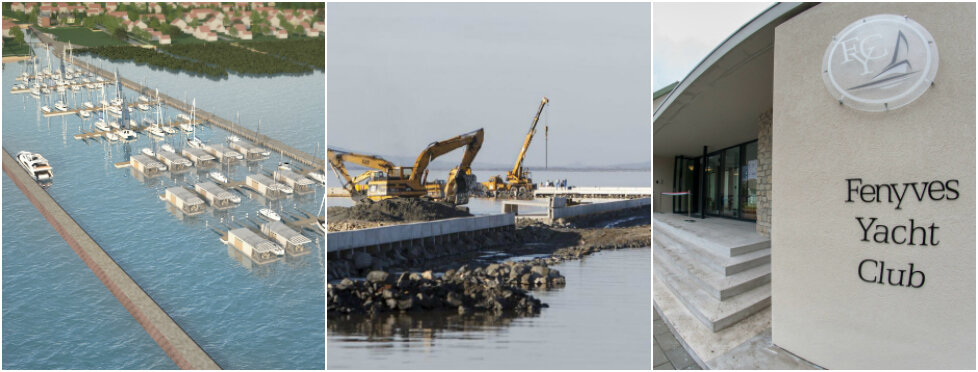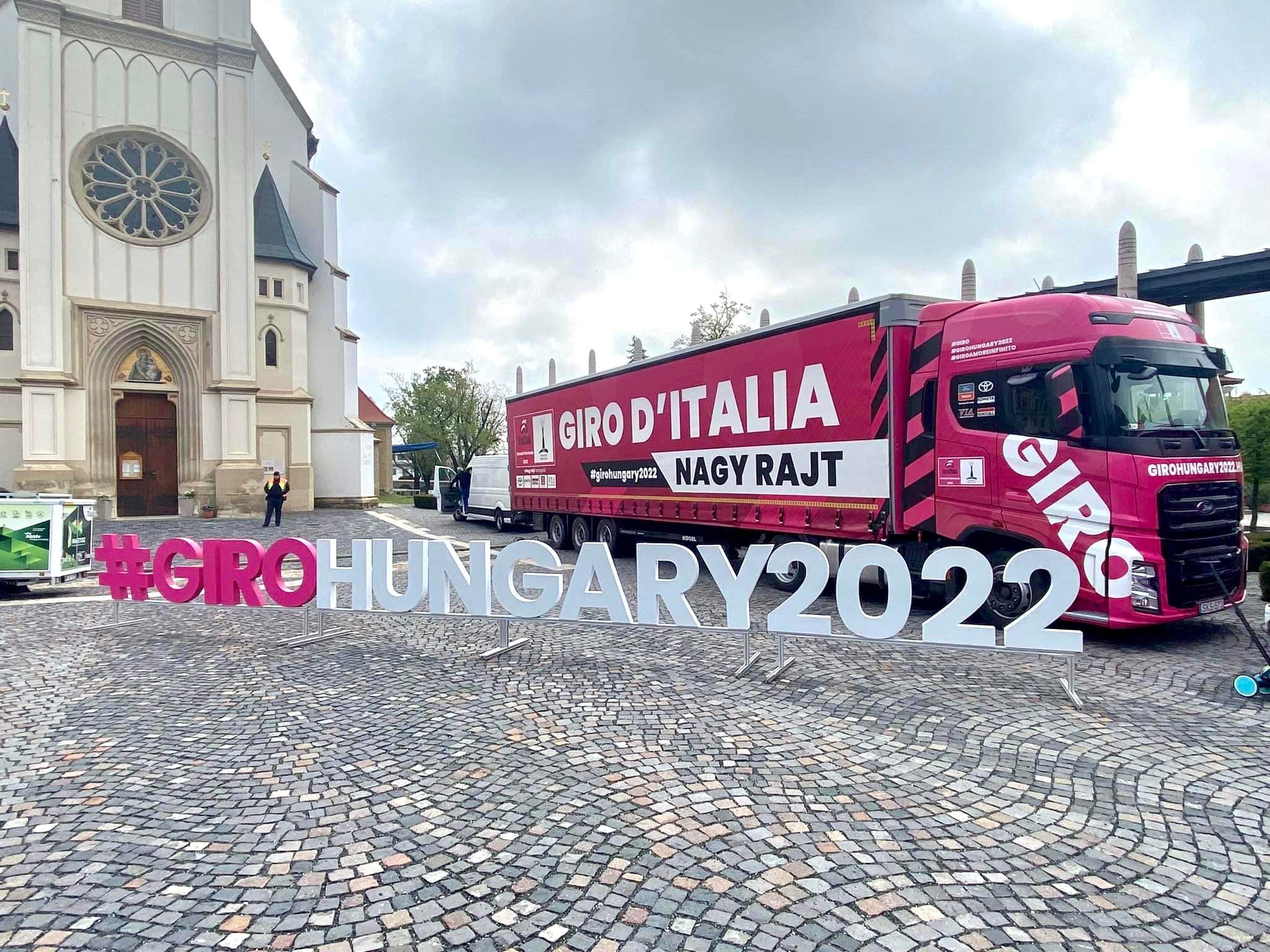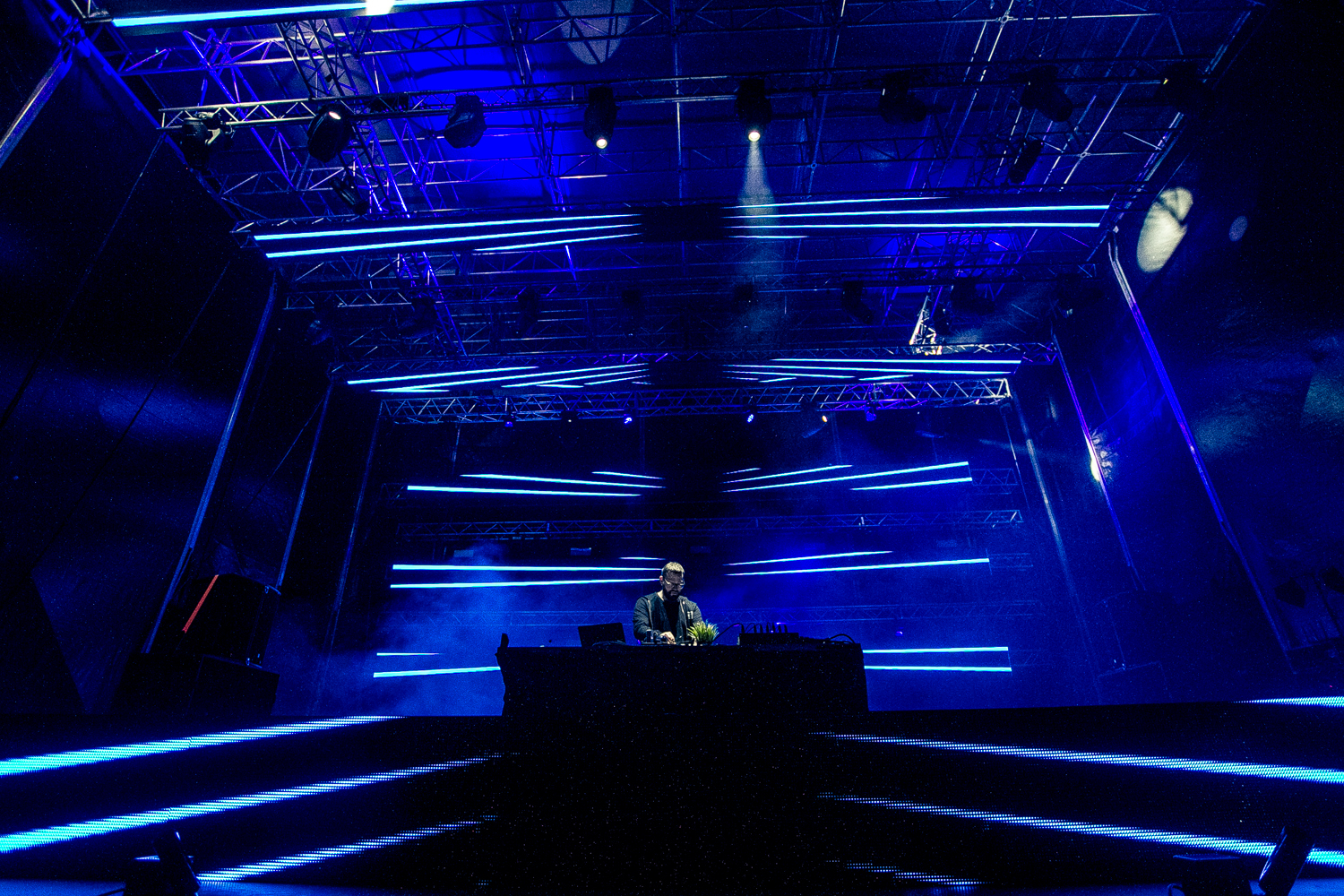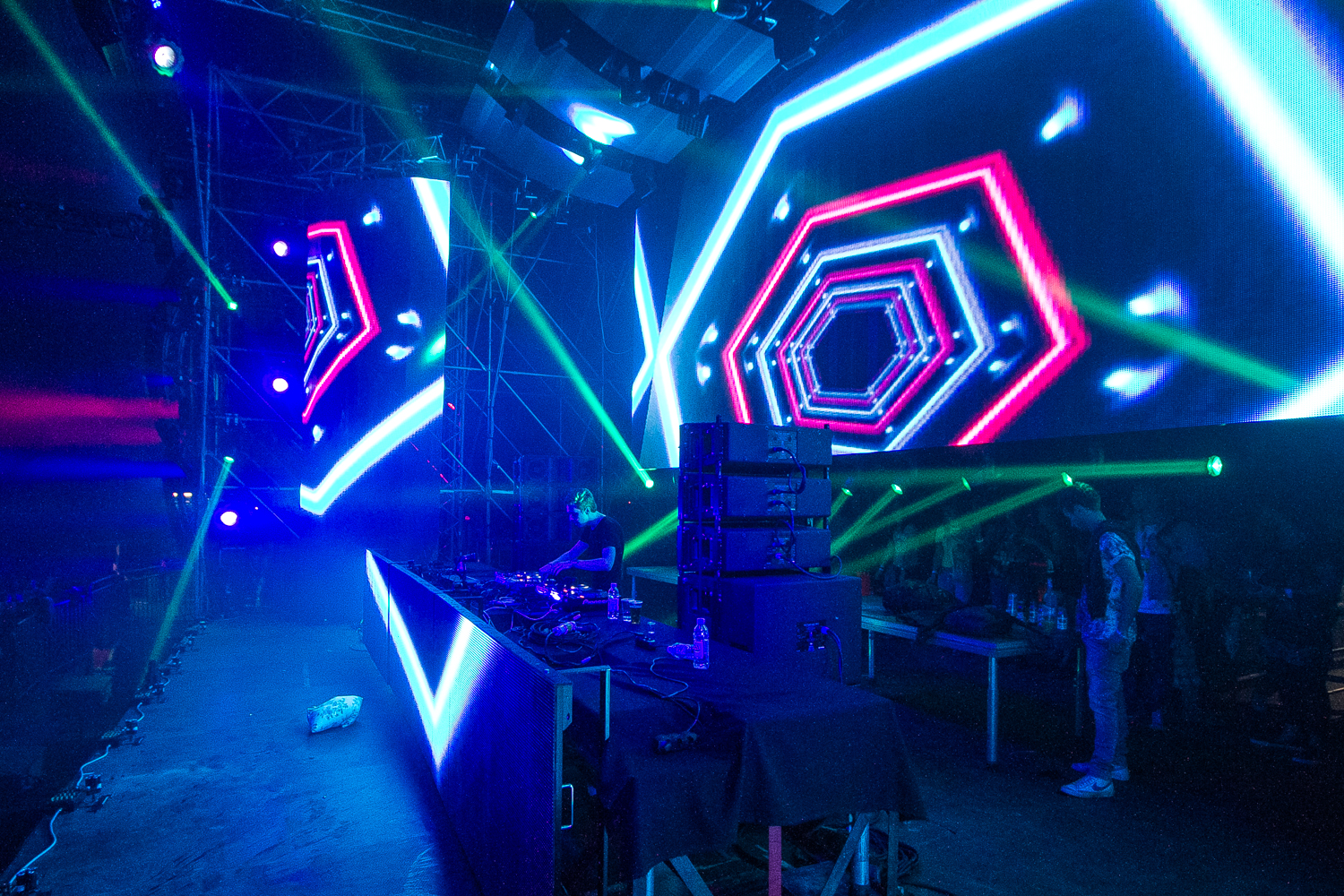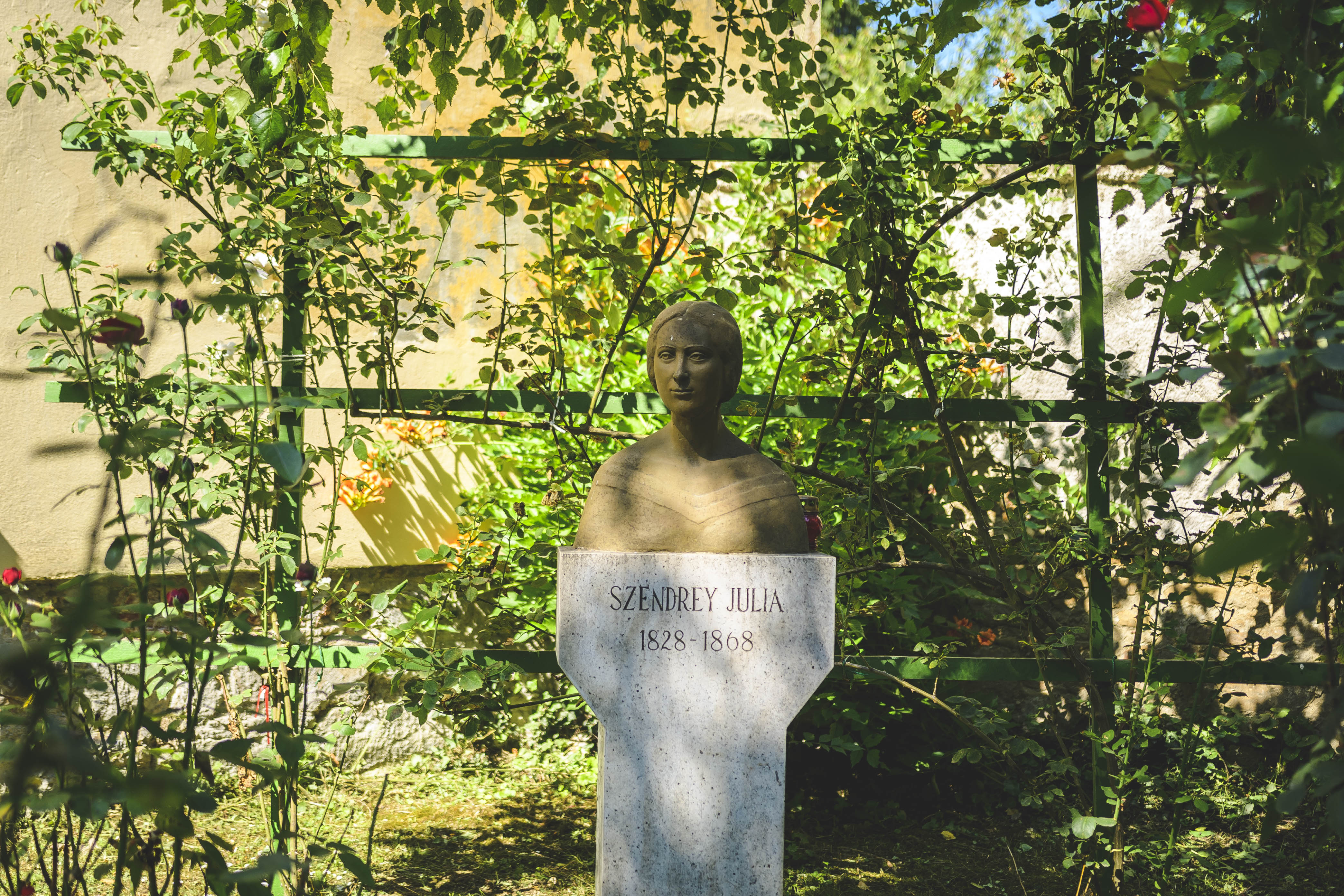Last April we wrote about the fact that Balatonfenyves was building a marina of almost unprecedented size. According to initial plans, the construction was going to cost two billion forints, but by May 2016 the total cost (including subsidies) had crept up to 3.3 billion. The funds were provided by private investors, the European Union, and Növekedési Hitel Bank. Judged by the illustrious group of sponsors, it seems clear that János Halász, a member of the Lake Balaton Development Council, was right when he said at Thursday’s opening ceremony: “the construction of the Balatonfenyves marina will go down in the history of Balaton due to its huge scale”. Only one question remains, and that is how the project will turn out.
Covering an area of four hectares, the new complex will feature a marina with 300-350 berths, a three-star hotel, a bicycle center, two playgrounds, and a “catering establishment”, whose gastronomical direction will allegedly be determined by chef and gastronomy expert Viktor Segal. Hungarian news agency MTI reported after the opening that the marina and the hotel will create a total of thirty new jobs.
The inauguration ceremony was held last week, but that doesn’t mean the marina is completed. The caption of a photo recently posted on Facebook suggests that building works will continue after the opening event. The eastern pier, for example, is still a construction site.
The pictures below show how the construction unfolded from the first digital renderings.
Lombár Gábor, the mayor of Balatonfenyves has been an avid supporter of the project from the very beginning. He says the plan of the construction has been discussed for the past 20 years, so he was baffled by the negative reactions. In the spring of 2015, not too long after the plans were made public, a Facebook group was launched in protest of the investment. According to the group members, the construction could have various adverse effects ranging from abnormal mud levels to changing currents. The investors say they are in possession of all necessary permits, for which they were required to perform all kinds of tests.
The issue was even debated in the Hungarian Parliament. In the summer of 2015, parliamentary party LMP filed a complaint with the police, but on March 8, 2016 the case was closed in the absence of crime.
In the below drone video, which was shot in February, you can see that the water between the two piers was an alarming black color, but apparently that had nothing to do with the construction. The discoloration was due to the humic acids transported to the lake from the Nagyberek region. News website Index.hu reported that humic acids were used in agriculture and medicine, and posed no risk to health.
Earlier this spring, a couple of beaches in Balatonmáriafürdő looked a lot like something out of a disaster film: parts of Őrház Street Public Beach and Hullám Street Public Beach turned into a big mud pit. At the press conference held at the opening, Gábor Deák, a joint proprietor of the marina and the company investing in the project, commented on the incident, saying that he couldn’t exclude the possibility that the marina was to blame for the extreme mud levels in Máriafürdő, which is five kilometers away, but he said he didn’t think this scenario was likely.
There are still 80,000 m³ of sand and 35,000 m³ of stone that need moving, but right now it’s unclear how the roughly 500-meter piers will influence the life of the local community. The developers are confident; they believe the project will prove that “even a small town can become the gate of Balaton”. They hope the new marina will boost tourism around the lake, and to achieve this aim, they’re planning on setting up a boat rental system similar to the MOL Bubi bike sharing system in Budapest – the idea is to rent out electric boats that people can operate without a license.
Meanwhile, the naysayers are pointing to Balatonfenyves-alsó Beach, which is also starting to resemble a mud bath.
